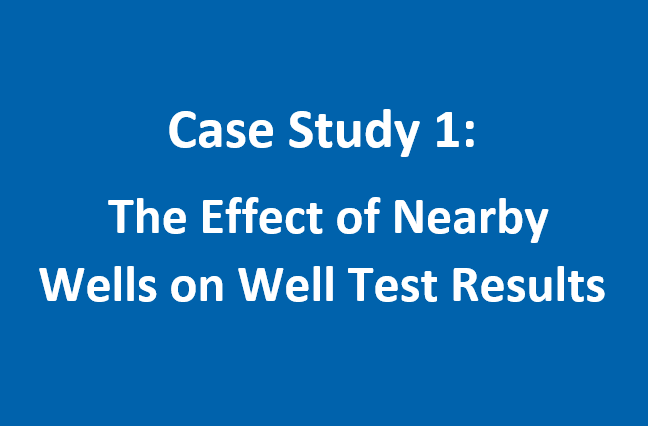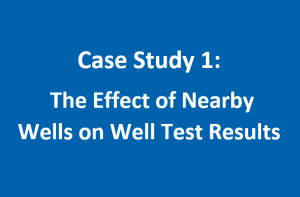Inter-Well Communication in a Real Field Experience:
As shown in the following plot, the bottomhole pressure data from a ~10-day buildup test in one of the horizontal oil wells in the Middle East does not exhibit a normal trend.
Further investigations revealed that the pressure behavior was influenced by nearby producing wells. About three hours after three adjacent wells were opened, the bottomhole pressure of the tested well started to decline. Later, when those three wells were shut in, the pressure in the tested well began to rise again. This clearly indicates that the disturbance observed in the buildup test plot is due to the influence of nearby wells.
Interestingly, the pressure response from the adjacent wells was transmitted very quickly—within approximately three hours—indicating a strong hydraulic communication between the wells. It is worth noting that all the wells are horizontally drilled and that the short distance between their horizontal sections suggests potential connectivity.
Recommendations for Future Well Tests:
Under such conditions, it is recommended to conduct an interference test between the wells to quantify their mutual effects more accurately. Additionally, future well testing operations should thoroughly consider and model the pressure communication between nearby wells. Having a history matched numerical model is a key element in the accurate well test design.
Cost Resuction Through Accurate Well Test Design:
The ten-day buildup test not only incurred operational costs but also resulted in lost production for the operating company. Such losses can be avoided through more detailed analysis and a better understanding of the reservoir and inter-well communication.
Author: Sadegh Salmani, well test



